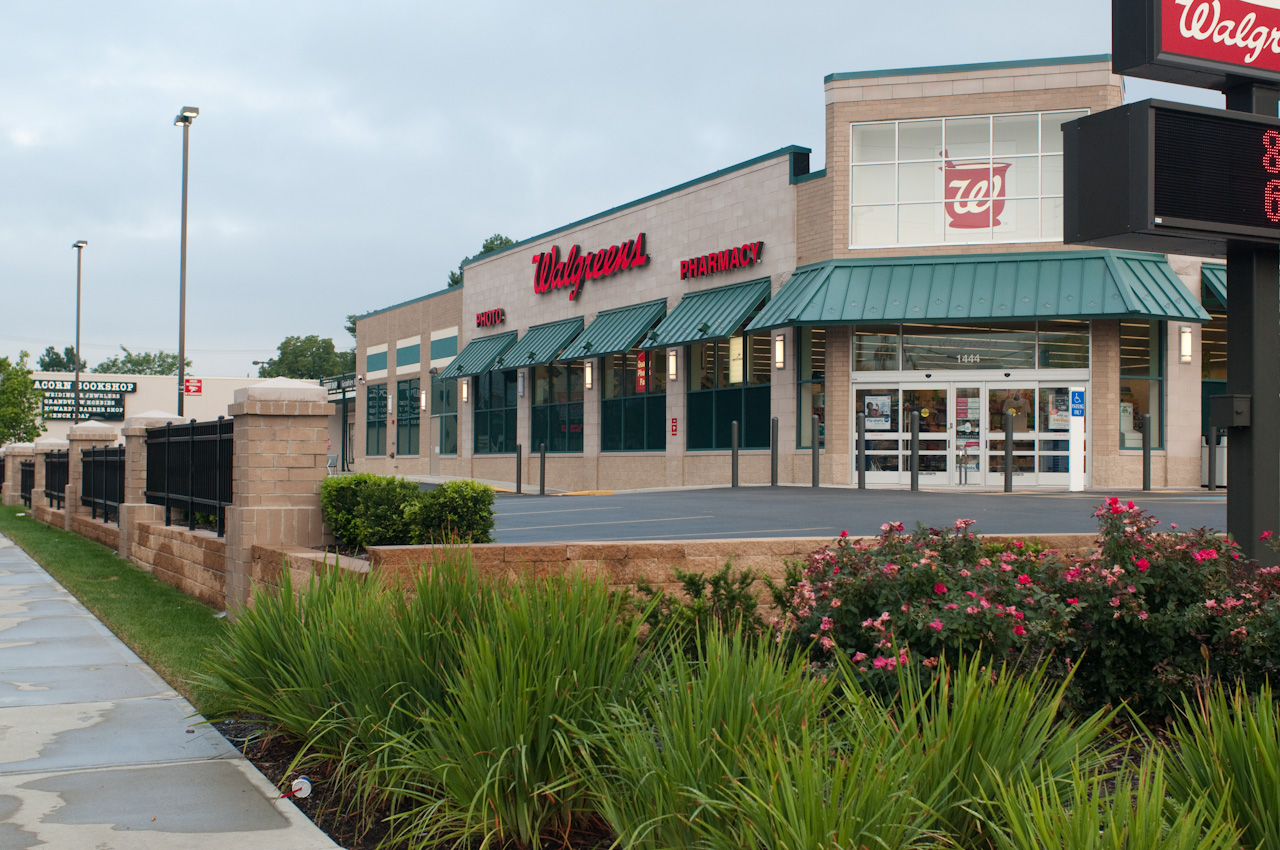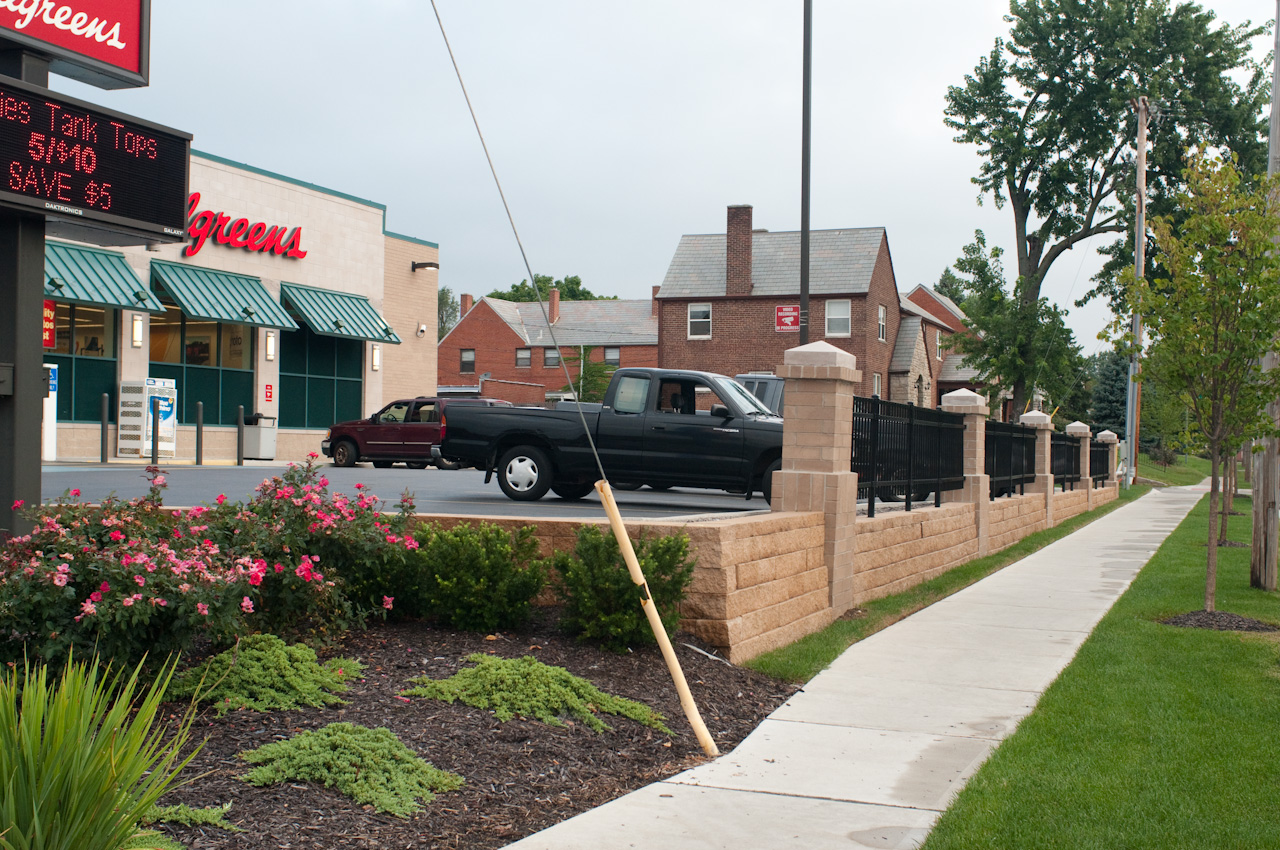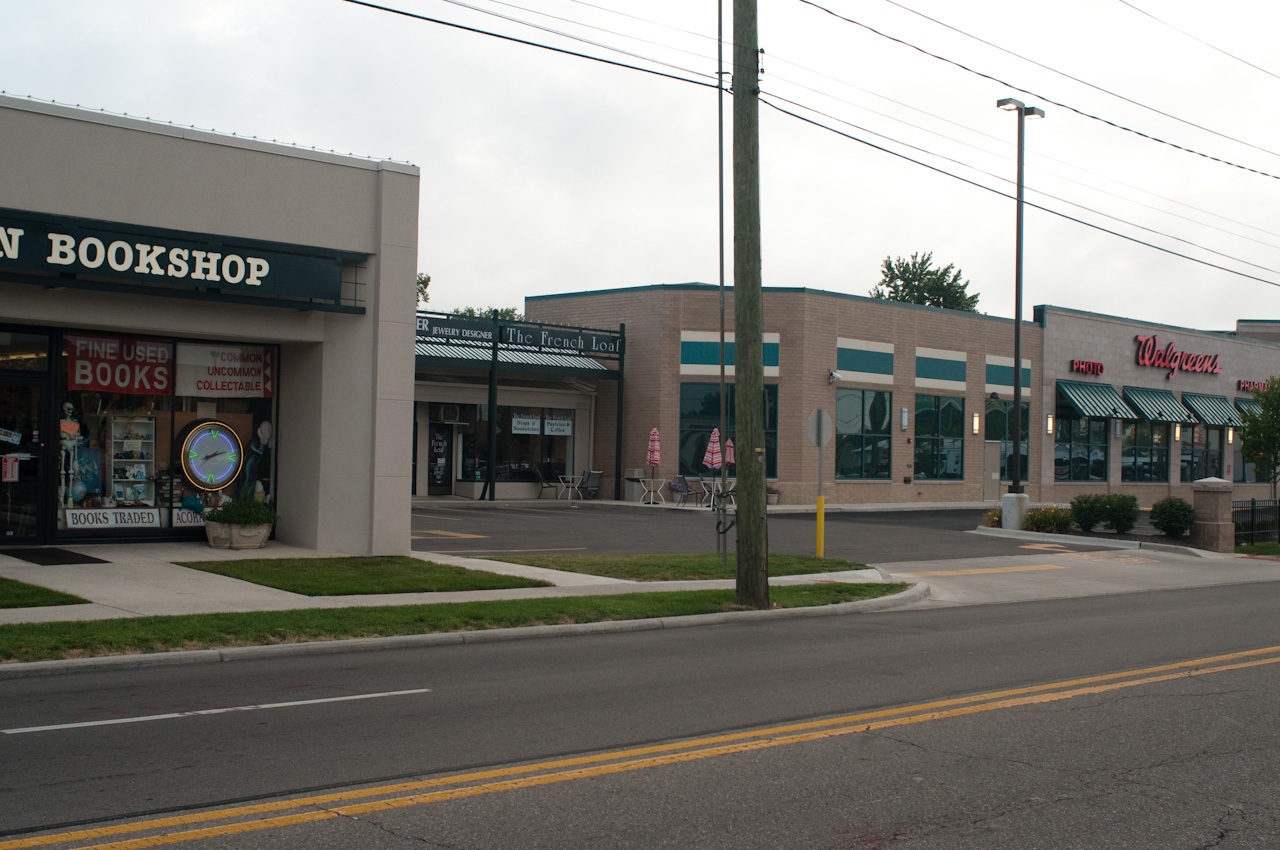When you begin a development project, you never know what you will encounter along the way. You think you have spotted a property, and you think you have determined a profitable use for that piece of land or building. However, the unknown lies ahead.
 Credit: Damian Wohrer
Credit: Damian Wohrer
One of the unknown factors is how your intended use of the land compares with the intentions of city zoning leaders for that property, not to mention civic organizations' visions of what the neighborhood should look like.
The all-too-familiar controversy shows its shiny head on a regular basis in board meetings, in private phone conversations and on public streets when a developer least expects it. So, any experienced developer might tell you that you should always hope for the best and expect hurdles along the way.
"It's important to have good artist renderings. It's also important to build the property like the renderings, or the next time it could come to bite you." Jeff Deeds, Director of Development, Visconsi Companies Ltd.
If you’re like most developers, you want the community to be proud of your finished product. After all, happy neighbors mean happy customers. Getting to that happy finished product sometimes means changing plans to accommodate others’ wishes and sacrificing some of your bottom line.
Grandview Heights, Ohio, Walgreens
Jeff Deeds has developed commercial property for Visconsi Companies Ltd. in Pepper Pike, Ohio, for 15 years. As director of development over that period, he has developed about 75 stores for Walgreen Co. He said sometimes communities are excited about the construction of a new Walgreens store and other times he faces ongoing criticism from community members all the way to the end.
“We hope that the client can live with [changes that communities require],” Deeds said. “And if we get [a project] approved, we hope the community is happy. It’s important to have good artist renderings. It’s also important to build the property like the renderings, or the next time it could come to bite you.”
In 2007, Deeds saw value in building a Walgreens store on the northwest corner of the intersection of Grandview and Fifth avenues in Grandview Heights, Ohio. After all, there was a competing CVS store across the street, and he saw an opportunity for Walgreens to turn a profit in the community. Part of the plan was to tear down a hardware store and a portion of the shopping plaza that existed and build the Walgreens alongside it.
“We tried to influence as much as we could,” said Rebecca Obester, co-founder of Grandview Heights’ Fifth by Northwest Commission, a community group charged with representing the Grandview Heights community activities and interests to the City of Columbus. “[Visconsi and Walgreen Co.] had to listen to us. We just want to keep [the area] looking nice and not have it over-developed.”


Obester’s group represented neighborhood interests in talks with Walgreens Co., Visconsi Companies Ltd. and the City of Columbus. Obester believed Visconsi and Walgreen Co. should build the Walgreens close to the street to create an urban integrated retro feel. She said the type of development she wanted would have improved the overall appearance of the area, increased property values and created a wider interest in the shopping neighborhood.
The Fifth by Northwest Commission battled to get a zoning overlay in place for the project that would require Visconsi to develop the Walgreens close to the street. But that overlay was not approved before the City of Columbus was required to approve the development and construction of the Grandview Heights Walgreens store.
The store was built in 2008 back from the street closer to being in line with the existing shopping plaza than with the street.
“A lot of things we warned [city officials about] came true,” Obester said. “A lot of the businesses are now complaining about being hidden [behind Walgreens]. They’re putting up umbrellas to stick out [and attract customers].”
Obester said Visconsi and Walgreens Co. would have been required to place the store closer to the street in an urban integrated retro manner had her proposed zoning overlay been approved prior to the construction of the Walgreens store. Her desired overlay is now enacted.
"A lot of times with overlay districts they try to make the hard edges up on the street. You can create a hard edge with a brick wall or fencing the same as you can with a building front. There are different ways to achieve what you need to achieve with the community without sacrificing your tenant's desires." Jeff Deeds, Director of Development, Visconsi Companies Ltd.
“It still looks like a big box store squeezed into a little Grandview-German Village kind of area,” she said referencing the neighboring community of German Village where commercial construction projects are pulled closely to streets and given a urban-retro feel. “We did influence [the Walgreens construction] in that it is a little nicer in color, and they put in some fencing and trees.”
“Unfortunately, the community was unhappy with us because we didn’t pull the building up to the street,” Deeds said in response. “At the same time we weren’t required to pull the building up to the street, because the overlay wasn’t yet in effect. At the end of the day, we connected [the new Walgreens store] with the existing building the best we can.”
Deeds said he made some concessions on the development of the store, including building a hard edge to the street with brick piers and fencing, additional detail to the building, the addition of handicapped ramps on property not owned by Walgreens Co. and the overlay of an alley behind the building. This all came at additional expense to Visconsi and Walgreens Co.
Working with Community Overlays
Deeds said it’s important to look at new development projects as 50-percent law and 50-percent art.
 “Part of it is to do the right things legally to protect yourself,” he said. “But more often than not, the biggest half is what it looks like. If you have enough money in your budget to satisfy folks from an architectural perspective, then you should do it.”
“Part of it is to do the right things legally to protect yourself,” he said. “But more often than not, the biggest half is what it looks like. If you have enough money in your budget to satisfy folks from an architectural perspective, then you should do it.”
Understanding overlays is an important aspect of the development process. Perhaps even more important is understanding what municipal and county officials are trying to accomplish with the zoning overlays.
Deeds said he uses a strategy of hiring local attorneys and local architects when developing land, because they are more likely to be familiar with the ideals and goals of zoning overlays. Deeds job is to make sure his client and the community is happy. Bringing those two sides together can sometimes be challenging.
"A lot of times with overlay districts they try to make the hard edge up on the street,” Deeds said. “You can create a hard edge with a brick wall or fencing the same as you can with a building front. There are different ways to achieve what you need to achieve with the community without sacrificing your tenant’s desires.”
Deeds said, however, at the end of the day “the tenant has to be happy.”

Darrel Richter
Darrel Richter reports on zoning and development issues for Buildipedia.com. He has enjoys covering business, development and consumer matters. He is an experienced journalist, who has interviewed the likes of Hillary Clinton, Jay Leno and Ohio Governor Ted Strickland while he was campaigning for his first term as a U.S. Congressman.

